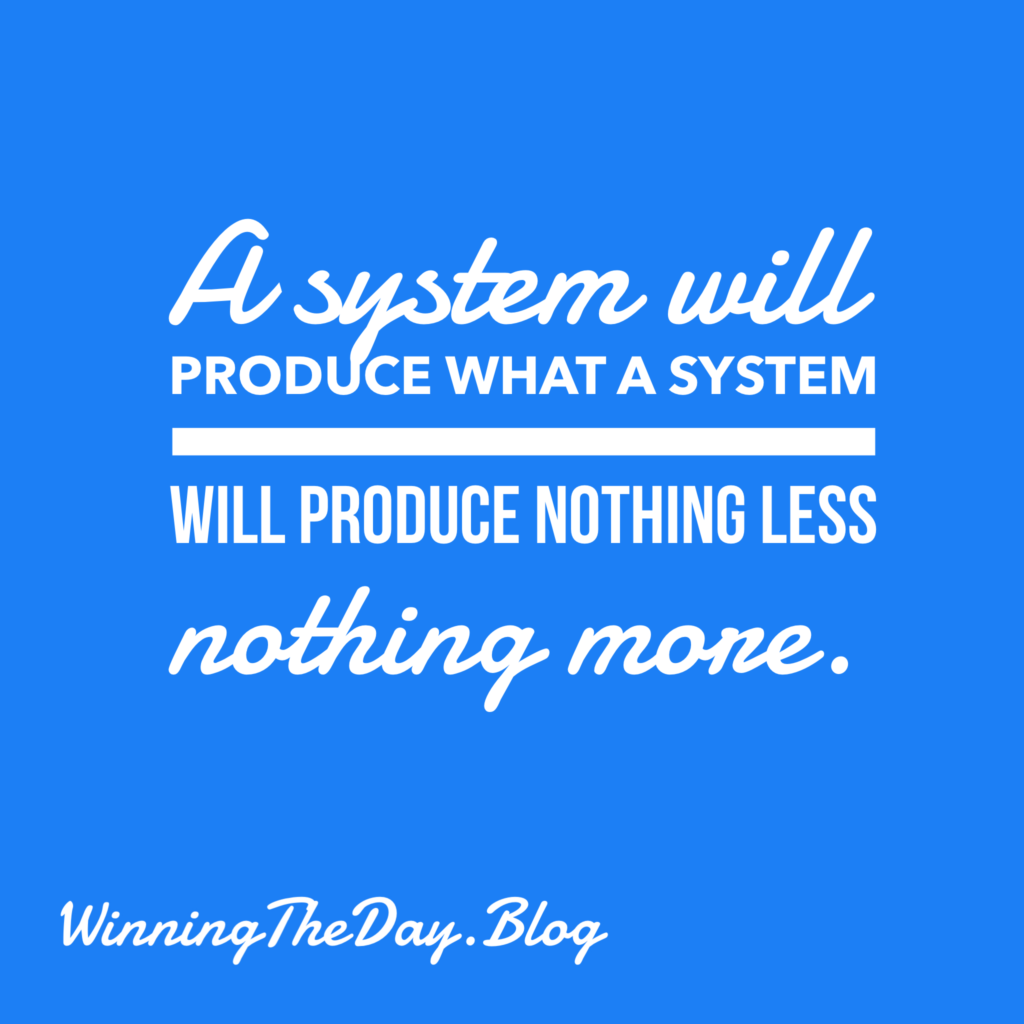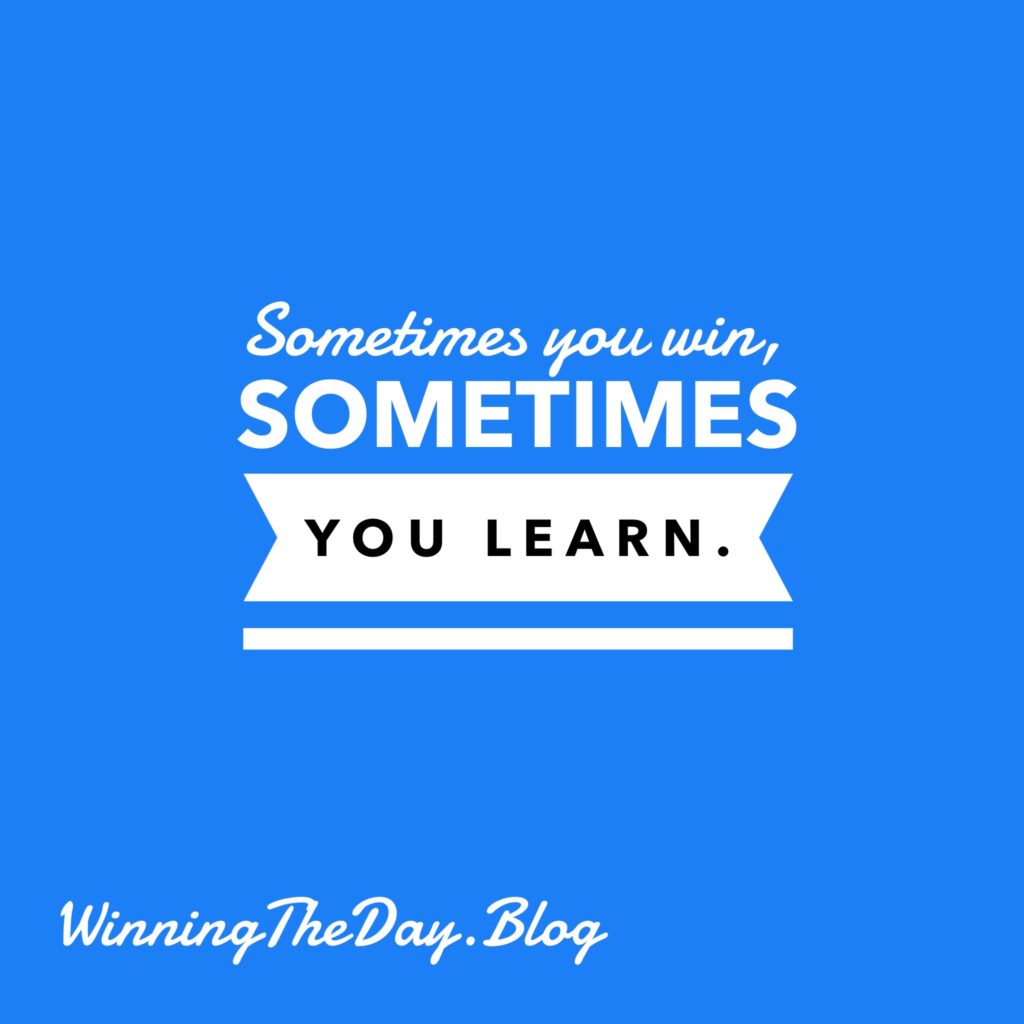Ever feel like you’re constantly busy, but not actually getting anywhere? Drowning in to-do lists and dreaming of more time for… well, living? If so, you’re not alone. In our hyper-connected world, the urge to do more can feel overwhelming. But what if the secret to a richer, more fulfilling life wasn’t about adding more tasks, but cleverly subtracting them?
That’s the radical yet incredibly practical premise of Ari Meisel’s game-changing book, “Less Doing, More Living.”
The Core Philosophy: Your Time is Gold
Meisel, who developed his system after battling a debilitating chronic illness, realized that true productivity isn’t about working harder; it’s about working smarter – so smart, in fact, that you free up vast amounts of time, energy, and mental bandwidth for what truly matters to you.
His entire “Less Doing” philosophy rests on three powerful, interconnected pillars:
- Optimize: This is where you get ruthless. Analyze every task, process, and habit. Identify the 20% that delivers 80% of your results (hello, Pareto Principle!). Then, strip away the unnecessary, simplify the complex, and find the absolute leanest path to completion.
- Automate: Why do a task repeatedly when a machine or system can do it for you? Leverage technology, smart apps, and recurring services to take mundane, repetitive mental and physical tasks off your plate. Free your brain for creative thinking, not remembering to buy toilet paper.
- Outsource: You are not an island. Not every task needs your specific touch. Learn to confidently delegate tasks that don’t require your unique expertise to virtual assistants, local services, or even smart delivery solutions. Your time is valuable – don’t spend it on tasks someone else can do more efficiently.
By systematically applying these three principles across every facet of your existence – from your work projects to your daily errands, your health routines to your financial management – you begin to sculpt a life that is intentional, efficient, and deeply satisfying.
10 Hacks from “Less Doing, More Living” to Start Today
Ready to stop feeling overwhelmed and start reclaiming your life? Here are 10 of the most impactful strategies from “Less Doing, More Living” that you can implement right now:
- Build Your External Brain: Stop trying to remember everything! Use cloud-based tools (Evernote, Notion, Google Keep) to capture every idea, to-do, link, and piece of information. Free up your mental RAM for higher-level thinking.
- Embrace the 80/20 Rule (Pareto Principle): Seriously, this is huge. What 20% of your efforts generate 80% of your desired outcomes? Double down on those, and critically evaluate or eliminate the rest.
- Batch Similar Tasks: Instead of context-switching constantly, group similar tasks. Dedicate blocks of time to processing all emails, making all phone calls, or tackling all errands at once. You’ll be amazed how much faster you become.
- Set Smart Limits (Upper & Lower): Define a maximum you won’t exceed (e.g., 50 possessions, 30 minutes of social media per day) and a minimum you commit to (e.g., exercise 3x/week, one date night per month).
- Automate Your Essentials: Tired of running out of coffee or pet food? Set up recurring deliveries for non-perishable items. Services like Amazon Subscribe & Save or local grocery delivery are your friends.
- Outsource Relentlessly: Your time is finite. Delegate administrative tasks, research, or even personal errands to virtual assistants or local task services. What’s your hourly rate vs. theirs?
- Customize Your World: Make your environment work for you. This might mean custom software setups, tailored clothing subscriptions, or even unique storage solutions that simplify your daily flow.
- “IKEA Instruction” Your Processes: Break down every recurring task into the simplest, most foolproof, step-by-step instructions. The goal: anyone (or even a bot!) could follow them.
- Digitize Your Finances: Leverage apps and services (like TrueBill for subscriptions, automated budgeting tools) to track spending, identify savings, and simplify your financial life.
- Prioritize Foundational Wellness: None of this matters if you’re burnt out. Optimize your sleep, fuel your body with nutritious food (especially healthy fats), and integrate efficient exercise (like HIIT) to ensure you have the sustained energy to live.
Ready to transform your productivity and create more space for joy? Grab a copy of “Less Doing, More Living” and start implementing these powerful hacks today!


